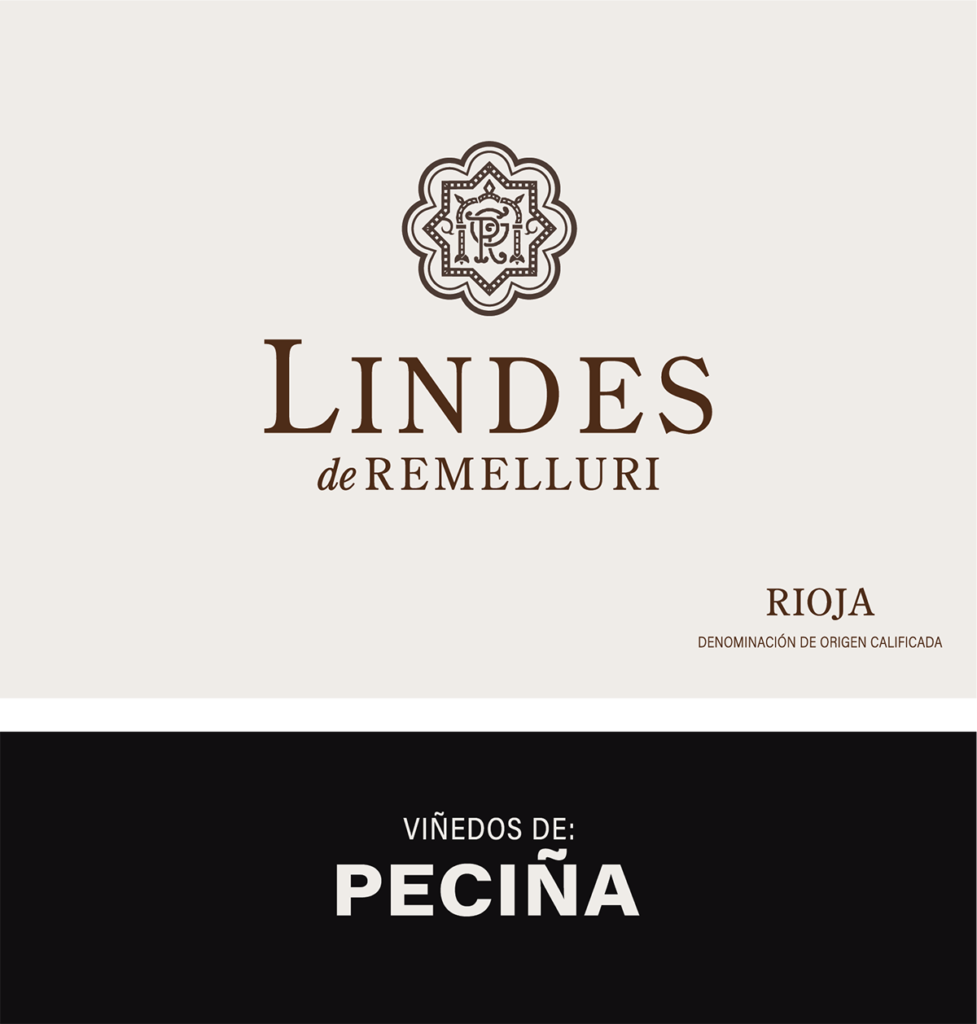Lindes de Remelluri Viñedos de Peciña 2020
Lindes de Remelluri Viñedos de Peciña 2020
Lindes de Remelluri (Borders of Remelluri) is the result of a visionary and broadly representative social initiative at Remelluri to emphasize the identity and prestige of the village-specific wines of Rioja. Lindes de Remelluri is a social and economic project rooted in collaboration with trusted grower-partners from villages near the Granja Remelluri property with the goal of improving their surroundings and communities by encouraging consumers to ask one question: Where does your Rioja wine come from?
With Lindes de Remelluri, Telmo Rodríguez seeks to evolve the dialogue regarding the future of the Rioja region from one of aging methods, grape varieties, and blends (wines made in the cellar) to a conversation focused on villages, sites, terroir, and responsible economic and ecological vineyard stewardship (wines made in the vineyard). The growers for Lindes utilize ancestral farming techniques, which include organic, biodynamic, and regenerative vineyard practices.
Peciña, a hamlet of San Vicente de la Sonsierra, is located on the left bank of the Ebro River in the foothills of the Sonsierra, which are part of the Rioja Alta subzone. This region has considerable elevation change from north to south, with the Toloño mountain range at over 1000m, descending to 500m in the Ebro Valley. Like San Vicente and Ábalos, Peciña lies on the left bank of the Ebro River. However, it has more in common in style, geography, and geologic composition with Rioja Alavesa.
Viñedos de Peciña is a selection of five vineyard plots occupying just 1.9 ha in a special high altitude orientation from 637-672 meters. Viñedos de Peciña is the smallest cuvée from a narrow amphitheater in the parish of San Vicente de la Sonsierra, giving perfumed and floral aromatics with notes of Mediterranean herbs, taut acidity, and austere tannins from the high-altitude vineyards.
Vinification – In the cellar, rather than using winemaking and technique to transform the wines, they aim for consistency across the range to guide each expression to reach the full potential of the place. Telmo describes the Lindes winemaking as a “winery in the back, village in the front.” Grapes for Lindes are hand-harvested in small crates and spontaneously fermented with native yeasts in stainless steel. The wine undergoes spontaneous malolactic fermentation and is aged 12 months in oak barrels of various provenance, size, and age.


